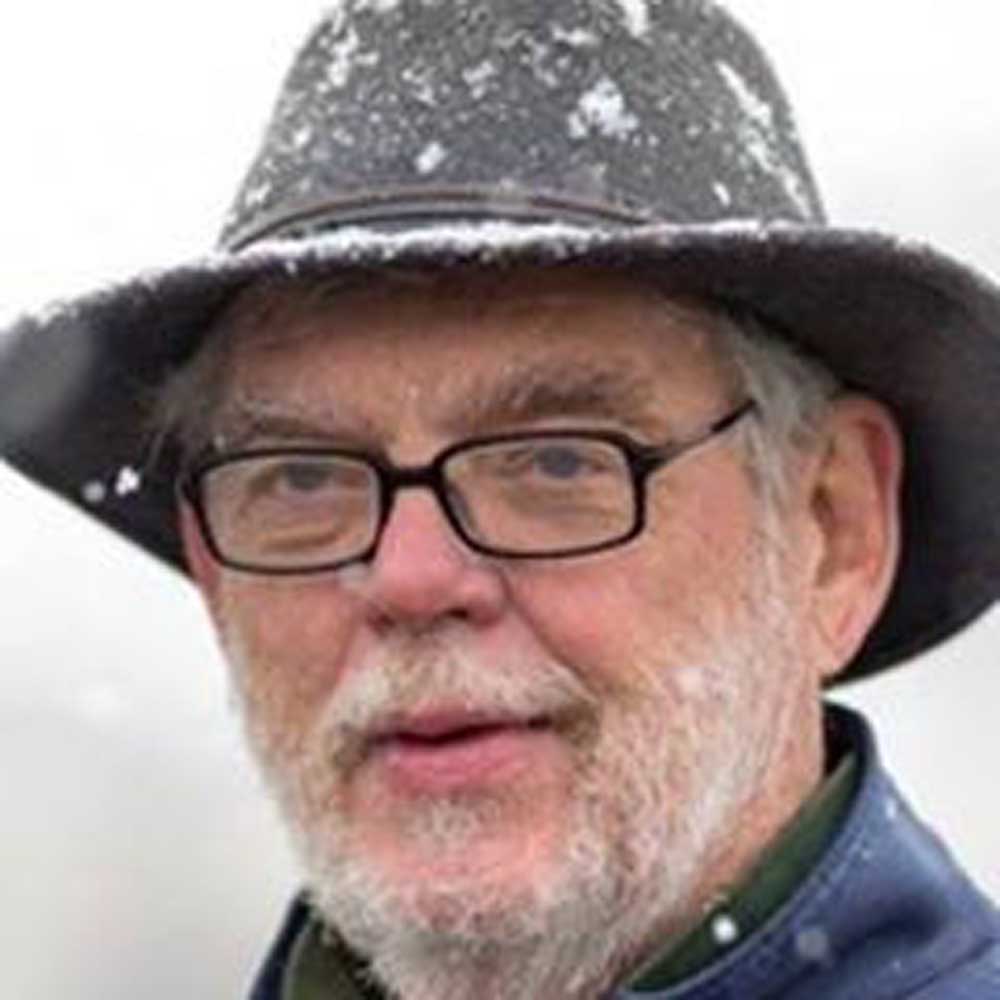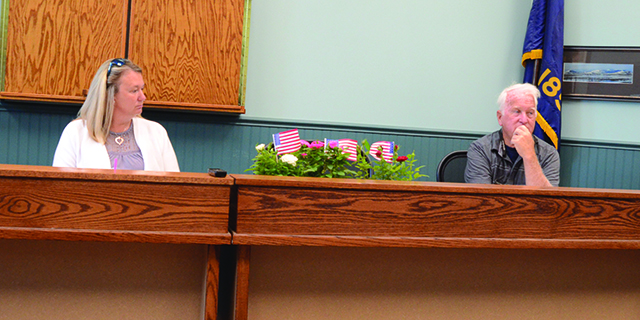Wandschneider: The price of success
Published 8:51 am Monday, May 11, 2020

- Wandschneider
Oregon is the poster child for states with low incidence of COVID-19 sickness and death, and Wallowa County — and much of Eastern Oregon — has seen little or none of it. Therefore, some say, it is time to open things up! Go for it; get the economy ticking again; we’ve nothing to fear here!
Let’s take a look:
Trending
As of Saturday morning, 3,068 Oregon citizens had tested positive for COVID-19; we’ve had 124 deaths. The numbers for New York are staggering: 340,705 sick; 26,585 deaths. More strikingly, in deaths per million, Oregon is at 30, with only five states, Wyoming, Hawaii, Alaska, Montana, and Utah, registering lower. In contrast, New York and New Jersey show well over 1000 deaths per million.
The first thought that comes to mind is East/West, and it is true that the East Coast is way out in front in number of cases and deaths, even though the first advertised cases were in the State of Washington, and it now appears that a California case appeared earlier. The second strong notion that comes to mind is population density: the only Western hot spots have been King County in Washington and Los Angeles County, two of the more dense places in the West.
However, the New Yorker Magazine, New York City’s “hometown” chronicle, had another take on the differing New York and Washington responses to early outbreaks. As COVID-19 emerged, New York Mayor Bill de Blasio and Governor Andrew Cuomo—who now gets high marks for stern measures and daily briefings—fought over control and policy, and lost valuable time. Washington Governor Jay Inslee immediately called in the medical staff — and shut things down.
And Oregon Governor Kate Brown and California Governor Gavin Newsom quickly followed suit. As a direct result, California, with a population of 40 million, twice that of New York State, has only 2,700 deaths, about 1/10 of New York’s 26,500! Washington, the first state to announce, has fewer than 1,000 deaths, and Oregon 124.
It’s been hard on many businesses and workers, with promised government help reaching some but not all of us. Our hospitals and medical establishments have struggled as they prepared for the worst and put off elective procedures that kept people employed and the money coming in. Farmers and ranchers have been hurt by skewed demand—low from schools and restaurants, high from grocery chains—and by viral outbreaks in meatpacking plants across the country. Teachers have had to learn how to reach and teach online, and students and parents the same. And we all need haircuts.
On the plus side, local groups and individuals have stepped up with gifts of meat and cash to the food bank, and a new local business fund—fueled in part by the $1200 government payments that some donated—is ramping up to help very small businesses, the beauticians and shopkeepers that have few or no employees. And we’ve probably all been more solicitous and generous with our neighbors’ needs.
Trending
For us in Wallowa County, stories of hard fights and death with a vicious disease have been few. That doesn’t mean that we aren’t touched. A one-time local resident just won a hard battle with COVID in Bend. There are stories of other locals suffering or having relatives suffer in other places.
And tourism season is here. It’s bitter-sweet this year, because we want the business and the contact with the rest of the world, but have rightful fears about what might be coming our way. The significant minor hot spots in the West have been in Idaho and Colorado ski towns, where chill keeps the virus alive and chairlifts and bars make for easy sharing. Locally, our parking lots and recent Facebook posts have been full of out-of-state license plates.
In a way the governor has taken some of the heat from us. We no longer have to make decisions about hosting the Chief Joseph Days Rodeo and the Tamkaliks powwow. We will have to decide how to run our businesses—and our nonprofits and professional services—effectively and safely.
And my hunch is that we—most of us—will be careful, no matter what the governor says, about how we do so. I hope that those few who believe that this disease is just like the common flu (stated recently in a flier that appeared on my windshield) and that we should ignore the governor will quiet down and join the rest of us in next steps in what is a global crisis. I’ll thank the gods and governors Inslee, Brown, and Newsom that we live where we do and listened first to medicine and science and not money and politics.








